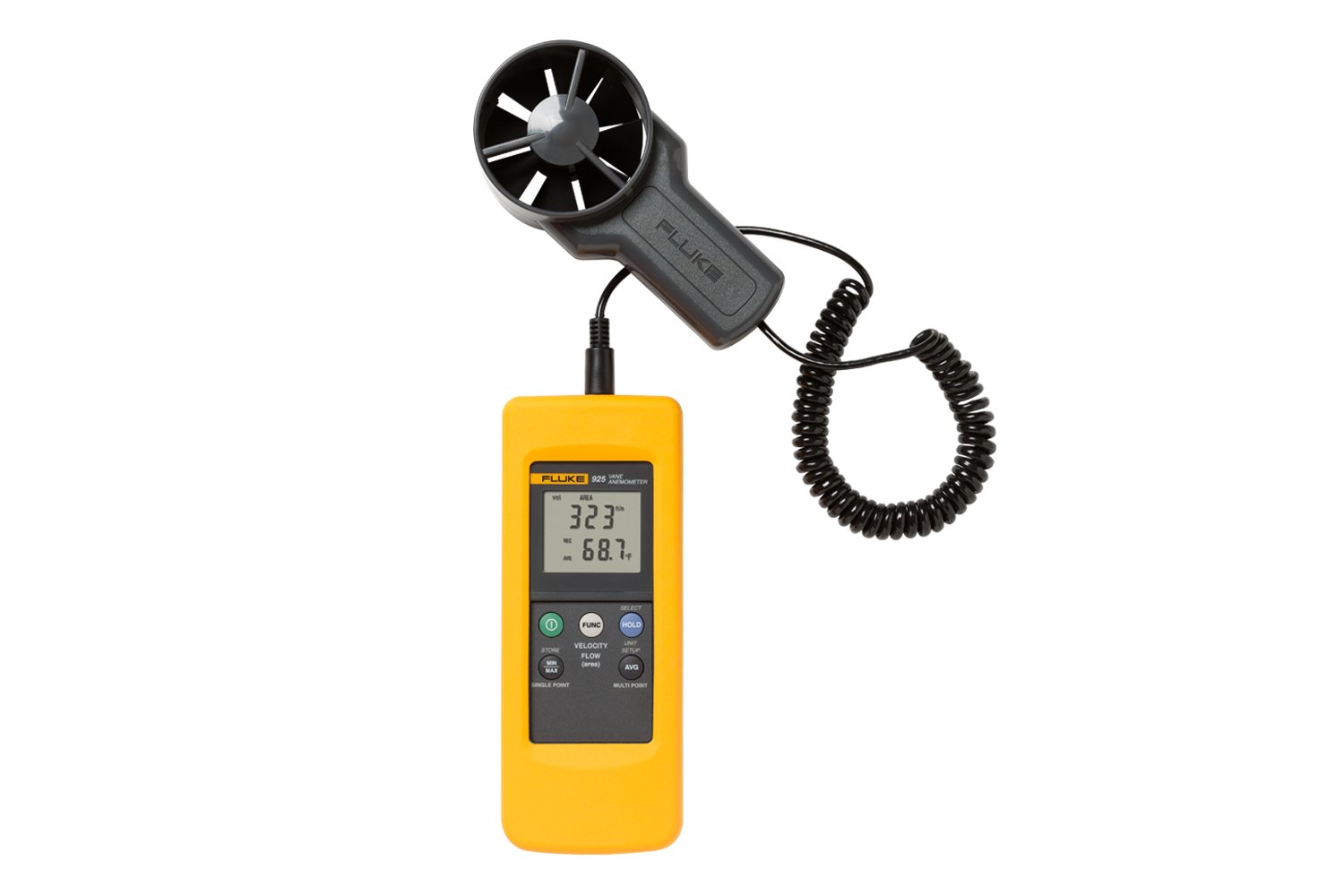Contrasting Digital and Mechanical Anemometers: Which is Right for You?
Contrasting Digital and Mechanical Anemometers: Which is Right for You?
Blog Article
All You Need to Know Concerning Anemometers: Exactly How They Work, Why They Issue, and Where to Utilize Them
Anemometers, though commonly overlooked in the realm of clinical tools, play a vital role in different areas, supplying useful insights into wind speed and air flow patterns. As we delve into the details of anemometer innovation, we will certainly discover the internal operations of these tools, their value, and the key considerations when choosing the best anemometer for specific applications.

Anemometer Fundamentals
A crucial instrument used to measure wind rate and instructions, the anemometer plays a critical role in weather forecasting and different industries. An anemometer typically includes three or 4 mugs that rotate in the wind, a vane that points right into the wind, and sensing units to track the activities or rotations. By determining the rotations or motions over a certain amount of time, the anemometer can identify wind rate. The vane assists determine wind instructions by directing into the wind, providing beneficial data for weather forecasting, aviation, maritime procedures, environmental surveillance, and wind power applications.
There are different kinds of anemometers offered, consisting of mug anemometers, vane anemometers, hot-wire anemometers, and sonic anemometers, each with its unique functions and applications. Cup anemometers are commonly utilized for standard wind speed measurements, while vane anemometers are favored for directional measurements. Hot-wire anemometers are appropriate for low airspeeds, and sonic anemometers are ideal for high-precision dimensions in study and industrial setups. Comprehending the essentials of anemometers is vital for exact wind data collection and evaluation across various sectors.
Principles of Anemometer Operation
Building on the foundational understanding of anemometer fundamentals, the concepts of anemometer procedure elucidate the auto mechanics behind wind speed and direction measurements. Anemometers operate on the principle of air flow affecting a sensor, triggering it to turn. Cup anemometers, for instance, have three or more mugs that capture the wind, causing them to spin faster as the wind rate boosts. The rotation rate is after that converted right into a wind rate measurement. Vane anemometers, on the other hand, make use of a tail or a probe that straightens itself with the wind instructions, supplying a measurement of wind direction based on the orientation of the sensor. Hot-wire anemometers rely upon a warmed wire that cools off as wind passes over it, with the rate of cooling figuring out the wind speed. Ultrasonic anemometers procedure wind rate and instructions by examining the moment it takes for ultrasonic signals to this contact form take a trip in between transducers. Understanding these principles is crucial for precise and trustworthy wind measurements in various applications.
Significance of Anemometers
The value of anemometers in meteorology and different industries can not be overstated. Anemometers play a critical function in determining wind speed and direction, supplying vital data for weather projecting, climate research studies, ecological surveillance, and aviation procedures. Meteorologists rely on anemometers to gather exact wind data, aiding them understand weather condition patterns, predict tornados, and concern timely warnings to the public. In industries such as construction, agriculture, renewable resource, and maritime operations, anemometers are utilized to maximize processes, guarantee safety and security, and enhance performance. For instance, wind farm drivers make use of anemometers to assess wind problems and make best use of electrical power production from wind generators. In the maritime field, anemometers aid ship navigating by giving real-time wind information to captains, aiding them make informed decisions to guarantee risk-free voyages. Generally, great site anemometers are crucial tools that contribute dramatically to safety, efficiency, and informed decision-making in meteorology and a broad array of sectors.
Applications Across Numerous Industries
In the eco-friendly energy field, anemometers play a crucial function in assessing wind problems for wind ranch placements, making certain optimal energy production. Industries like construction and mining use anemometers to keep an eye on wind speeds, crucial for safety protocols, particularly when functioning at heights or in open-pit mines where solid winds can posture threats. In farming, anemometers assist farmers in handling crop splashing by supplying real-time data on wind speed to prevent drift.

Picking the Right Anemometer for Your Requirements
Picking the suitable anemometer customized to your details needs is necessary for acquiring accurate wind speed and direction dimensions. When selecting an anemometer, take into consideration factors such as the designated application, needed measurement array, ecological conditions, and desired functions. For general objectives, a mug anemometer is ideal for determining wind speed, while a vane anemometer offers wind instructions information. Hot-wire anemometers are optimal for reduced airspeed measurements, and ultrasonic anemometers use high precision and sturdiness.

Verdict
In final thought, anemometers play an essential duty in determining wind speed and direction across various industries. It is important to take into consideration the significance read of anemometers in order to make informed choices when selecting the most suitable gadget for measuring wind conditions.
There are various kinds of anemometers offered, including mug anemometers, vane anemometers, hot-wire anemometers, and sonic anemometers, each with its distinct attributes and applications. Cup anemometers are typically used for fundamental wind rate dimensions, while vane anemometers are preferred for directional measurements. Hot-wire anemometers are appropriate for low airspeeds, and sonic anemometers are ideal for high-precision dimensions in research study and commercial settings.Structure on the foundational understanding of anemometer fundamentals, the concepts of anemometer procedure clarify the technicians behind wind rate and instructions measurements. For general purposes, a cup anemometer is appropriate for measuring wind speed, while a vane anemometer gives wind instructions data.
Report this page